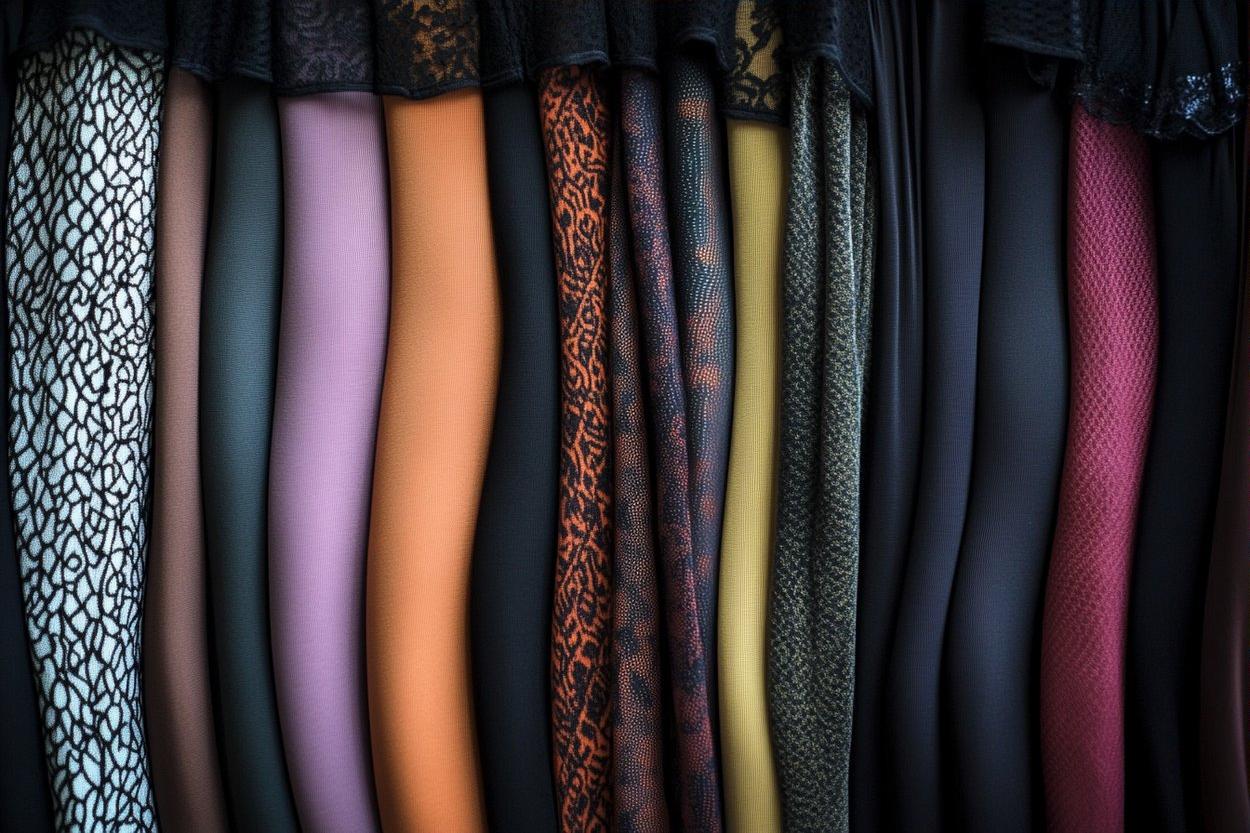A Look at Versatile Dress Options that are trending in 2025: Informational Guide
As fashion evolves, versatile dresses continue to be a staple in many wardrobes. This guide examines dress options gaining popularity in 2025, focusing on their adaptability and key features. It's important to note that fashion trends can vary widely depending on location, personal style, and individual preferences.

What are the key features of versatile dresses in 2025?
Versatile dresses in 2025 often incorporate adaptable design elements. Many feature adjustable hemlines, allowing wearers to modify the length for different occasions. Convertible necklines and sleeves are also common, providing options to customize the look. Fabrics with temperature-regulating properties are increasingly used, making these dresses suitable for various climates and seasons.
How are sustainable materials impacting dress design?
Sustainability is a growing focus in dress manufacturing. Recycled fabrics, organic cotton, and innovative materials made from plant-based sources are becoming more prevalent. Some designers are experimenting with biodegradable textiles that decompose naturally at the end of the garment’s life cycle. These eco-friendly options often come with certifications to verify their environmental impact.
What styles of versatile dresses are gaining popularity?
Wrap dresses continue to be popular due to their adjustable fit and flattering silhouette. Shirt dresses with removable belts offer a range of styling options. Modular dresses with interchangeable components are emerging, allowing wearers to create multiple looks from a single garment. Additionally, dresses with built-in technology, such as UV protection or moisture-wicking properties, are gaining traction among consumers seeking multi-functional clothing.
How are consumers planning their dress purchases in 2025?
Many consumers are adopting a more thoughtful approach to dress purchases. Virtual try-on technology has become more sophisticated, allowing shoppers to visualize how a dress will look on their body type before buying. Subscription services offering rotating wardrobes of versatile dresses have gained popularity, especially among those looking to minimize their closet while maximizing outfit options.
What are the cost considerations for versatile dresses in 2025?
The price range for versatile dresses in 2025 varies widely depending on factors such as brand, materials, and features. Here’s a general overview of estimated costs:
| Dress Type | Average Price Range | Key Features |
|---|---|---|
| Basic Versatile Dress | $50 - $150 | Adaptable design, standard fabrics |
| Mid-Range Versatile Dress | $150 - $300 | Sustainable materials, convertible elements |
| Premium Versatile Dress | $300 - $1000+ | High-tech fabrics, modular components |
Prices, rates, or cost estimates mentioned in this article are based on the latest available information but may change over time. Independent research is advised before making financial decisions.
What are common mistakes to avoid when choosing versatile dresses?
One common mistake is prioritizing trend over versatility. While it’s tempting to choose a dress based solely on current fashion, it may limit its long-term wearability. Another error is overlooking care instructions; some versatile dresses may require special maintenance to preserve their adaptable features. Additionally, failing to consider the dress’s suitability for different body types and occasions can reduce its versatility in practice.
What are the recent trends and data regarding versatile dresses?
Recent data suggests a growing consumer preference for multi-functional clothing. A survey conducted by a leading fashion analytics firm indicated that 65% of respondents valued versatility as a top priority when purchasing dresses. The global market for convertible and adaptable clothing, including versatile dresses, is projected to grow at a compound annual growth rate of 8% between 2023 and 2028.
In conclusion, versatile dresses in 2025 offer a range of options to suit various needs and preferences. From sustainable materials to adaptable designs, these garments reflect the evolving demands of consumers seeking both style and functionality in their wardrobes. As with any fashion choice, personal style and individual needs should guide purchasing decisions.




